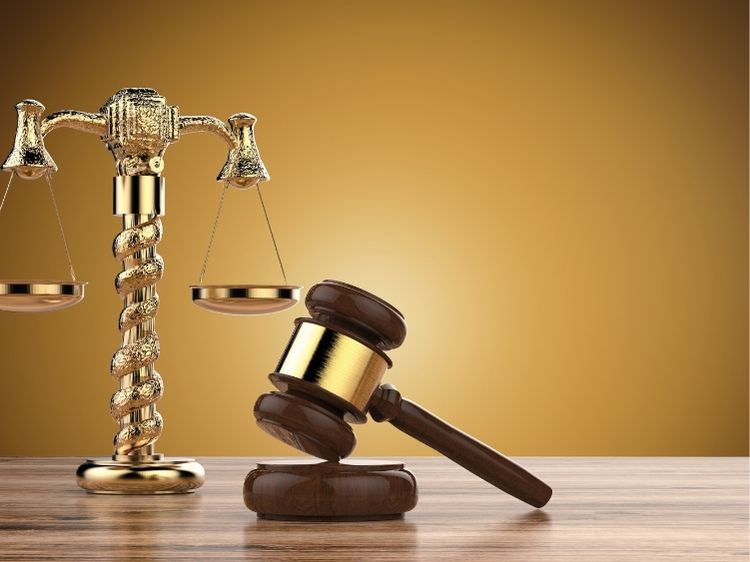Understanding Product Liability Elements: Protecting Consumers and Businesses
Product liability is a critical area of law that affects both consumers and businesses. If you’ve ever bought a product, you might not think about what happens if that product turns out to be defective or harmful. But when things go wrong, who’s responsible? That’s where product liability comes into play. In this article, we’ll dive deep into the key elements of product liability, explaining what it is, why it matters, and how it can affect you, whether you’re a consumer or a business owner.
What is Product Liability?
Product liability refers to the legal responsibility that manufacturers, distributors, suppliers, and retailers have if their product causes injury or harm to a consumer. This area of law ensures that the parties involved in bringing a product to market are held accountable for any defects that might cause harm.
Focus Keyword: Product Liability Elements
In legal terms, product liability elements are the specific criteria that must be met for a successful product liability claim. Understanding these elements is crucial for anyone involved in manufacturing or selling products, as well as for consumers who need to know their rights.
The Key Elements of Product Liability
For a product liability claim to be successful, several key elements must be established. Let’s break them down:
1. Duty of Care
The first element is the duty of care. This means that the manufacturer or seller has a legal obligation to ensure that their product is safe for consumers to use. If you’re selling a product, you’re expected to take reasonable steps to make sure it won’t cause harm. This duty extends to everyone involved in the product’s chain of distribution, from the manufacturer to the retailer.
2. Breach of Duty
A breach of duty occurs when the responsible party fails to uphold their duty of care. In other words, if a manufacturer, distributor, or retailer does something (or fails to do something) that results in a product being unsafe, they’ve breached their duty. This could include anything from poor design to inadequate warnings on the product.
3. Causation
Causation is a critical element in a product liability case. It must be proven that the breach of duty directly caused the injury or damage. This can often be the most challenging element to establish, as it requires a clear connection between the product defect and the harm suffered by the consumer.
4. Damages
Finally, the consumer must have suffered actual damages, whether physical, emotional, or financial, as a result of the defective product. Without demonstrable harm, there’s no basis for a product liability claim.
Types of Product Liability Claims
There are three main types of product liability claims, each focusing on different aspects of a product’s safety:
1. Manufacturing Defects
A manufacturing defect occurs when something goes wrong during the production process, leading to a product that is unsafe. Even if the design is perfect, a mistake in manufacturing can result in a defective product.
2. Design Defects
Design defects are flaws in the product’s design that make it inherently unsafe, even if manufactured correctly. This type of defect affects every unit of the product, not just a single batch.
3. Failure to Warn
Sometimes, a product might be safe if used correctly, but the manufacturer fails to provide adequate warnings or instructions. This can lead to misuse of the product and potential harm, forming the basis of a failure to warn claim.
Understanding Strict Liability in Product Liability Cases
One unique aspect of product liability is the concept of strict liability. Unlike other areas of law, where intent or negligence must be proven, strict liability holds manufacturers and sellers liable for defective products regardless of fault. This means that if a product is found to be defective, the manufacturer is responsible, even if they didn’t act negligently.
Why Strict Liability Matters
Strict liability is designed to protect consumers by making it easier to file claims and receive compensation. It shifts the burden onto manufacturers and sellers to ensure their products are safe before they reach the market.
Common Defenses in Product Liability Cases
Of course, not every product liability claim is successful. There are several defenses that manufacturers and sellers can use to protect themselves:
1. Product Misuse
If a consumer uses a product in a way that was not intended or reasonably foreseeable, the manufacturer might argue that this misuse caused the injury, not a defect in the product.
2. Assumption of Risk
In some cases, consumers are aware of the risks involved in using a product but choose to use it anyway. If this can be proven, it may limit or eliminate the manufacturer’s liability.
3. Comparative Negligence
This defense argues that the consumer’s own negligence contributed to their injury. If the consumer is found partially responsible, the damages they can recover may be reduced.
The Impact of Product Liability on Businesses
For businesses, product liability can be a significant concern. A single defective product can lead to lawsuits, financial losses, and damage to a company’s reputation. That’s why it’s crucial for businesses to understand the elements of product liability and take proactive steps to minimize risk.
Risk Management Strategies
Businesses can take several steps to protect themselves, including:
- Implementing Quality Control Processes: Regular testing and inspection of products can catch defects before they reach consumers.
- Providing Clear Warnings and Instructions: Detailed labels and manuals can help prevent misuse and reduce the likelihood of failure to warn claims.
- Purchasing Product Liability Insurance: This type of insurance can provide financial protection in the event of a lawsuit.
Frequently Asked Questions
1. What is the most important element in a product liability case?
Causation is often the most critical element because it connects the defect to the injury. Without proving causation, a product liability claim will not succeed.
2. Can a retailer be held liable for a defective product?
Yes, retailers can be held liable, especially if they failed to inspect the product or provided inadequate warnings to consumers.
3. What should I do if I’m injured by a defective product?
If you’re injured, seek medical attention immediately and keep the product in question. You should also document your injuries and consult with a lawyer who specializes in product liability cases.
Conclusion
Product liability is a complex area of law, but understanding its elements is essential for both consumers and businesses. By knowing the duty of care, recognizing breaches, establishing causation, and proving damages, consumers can protect their rights. For businesses, being aware of these elements and implementing strong risk management practices can help avoid costly legal battles.
Authoritative Links:




